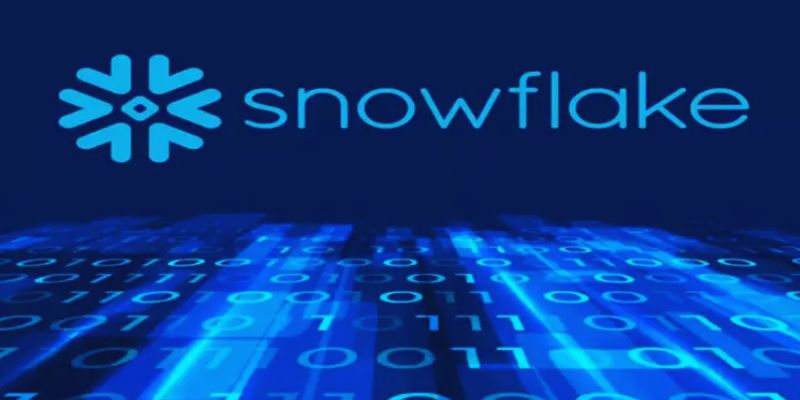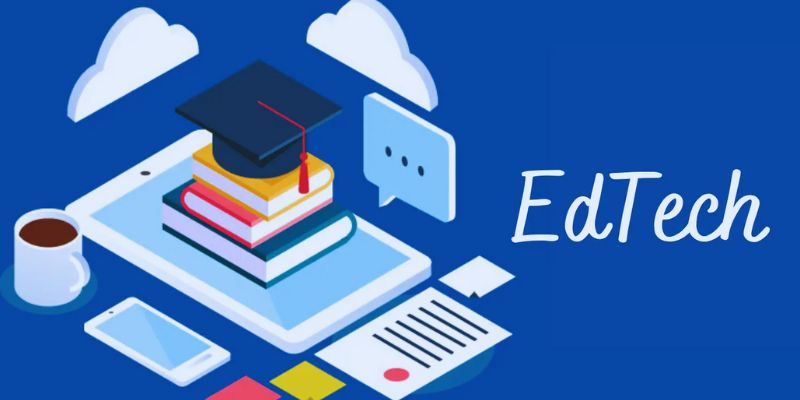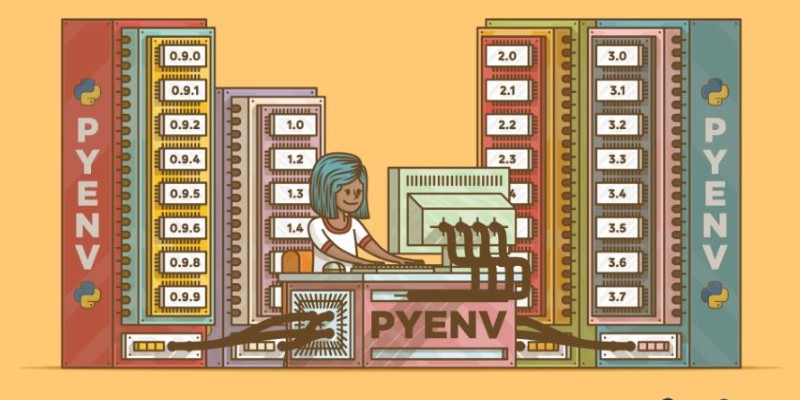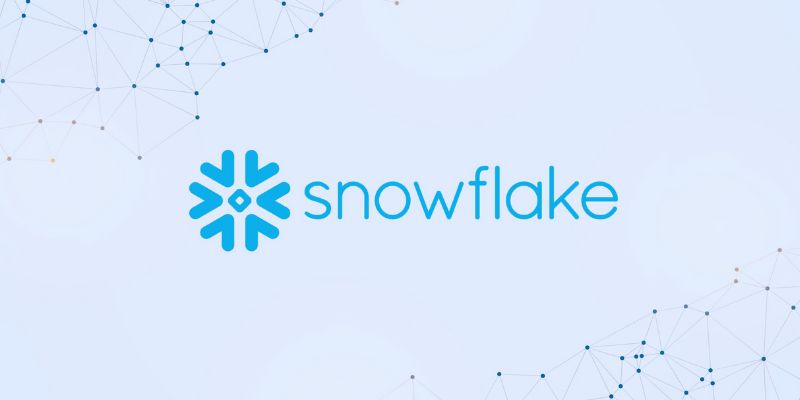Advertisement
EdTech's sector is expanding rapidly. Digital tools are increasingly used in more institutions, including learning centers. These tools enable pupils to learn in a fresh and improved manner. The key to this expansion is data and artificial intelligence (AI). They provide an understanding of student development and enhance instruction results. Still, controlling and applying this data is a great difficulty. Snowflake then comes in really handy.
Snowflake is a cloud computing data tool that facilitates the storage, management, and analysis of vast volumes of data by EdTech providers. It also backs real-time analytics and artificial intelligence solutions and drives learning platforms to be smarter and more responsive. Several EdTech providers use Snowflake nowadays. In this article, we will see how Snowflake helps EdTech and consider its characteristics.

Designed to manage large amounts of data effectively, Snowflake is a cloud-based data platform. It provides rapid and safe data storage and processing and operates easily with many cloud providers. Snowflake enables EdTech providers to handle the enormous volumes of data they gather from apps, websites, learning systems, and assessments, therefore enabling them. Snowflake streamlines analysis and accelerates decision-making by combining all this data into one platform. Its scalability is another main advantage since Snowflake can manage more data without performance problems as the user base increases.
It also splits computing and storage, allowing EdTech companies to pay just for the resources they use, therefore reducing costs and improving value. This adaptability helps suppliers to concentrate on creating features that more successfully benefit colleges and students. Better data integration, faster speed, and more dependability—all of which promote quicker decision-making and a more responsive learning experience—are made possible for EdTech companies using Snowflake.
Modern learning technologies heavily rely on artificial intelligence. AI points up knowledge gaps, generates learning paths, and offers intelligent recommendations. Artificial intelligence requires orderly and clear data to function. Snowflake facilitates data preparation. It keeps unstructured and structured data in one location. It also supports SQL, R, and Python, among other machine-learning technologies. It enables Snowflake developers to create and test artificial intelligence models inside the platform.
AI allows EdTech providers to examine learning patterns among students, locate their ideas, and modify them in real-time to raise outcomes. For instance, AI can recommend simpler arithmetic problems or movies if a student has difficulty with the subject. Snowflake feeds artificial intelligence with quality data, enabling these capabilities. Snowflake also collaboratively uses Amazon SageMaker, H2O.ai, and DataRobot. These tools enable companies to develop AI solutions more quickly. In learning environments, ideas become actual features.

Snowflake provides real-time data streaming, which is quite helpful for EdTech systems trying to raise learning results. It lets systems and teachers react fast to student behavior. For example, the system can offer quick assistance—such as advice, videos, or additional practice—if a student scores low on a test. This kind of quick reaction helps kids precisely when they most need it. Snowflake enables systems to monitor student involvement in real-time as well. They can observe whether a student is struggling, inattentive, or active.
Easy access to this information keeps students motivated and concentrated. Snowflake also lets EdTech suppliers track the system's performance. If any tool or function breaks or slows down, it can be corrected immediately. This real-time monitoring guarantees seamless user experiences and strengthens platform credibility. By employing Snowflake, EdTech vendors build a smart, responsive, continually improving learning environment.
Highly sensitive student data needs constant protection. Snowflake offers strong security tools to help safeguard data. These cover access control, encryption, and ongoing monitoring. EdTech providers must also abide by rigorous privacy rules, including GDPR, COPPA, and FERPA. These rules guard student records and call for proper data processing. Snowflake has built-in features to track and document data access, therefore enabling providers to remain compliant. It also enables thorough access control.
A school administrator, for instance, can examine all student data, whereas a teacher can see class performance. Snowflake makes handling these permission levels simple. They also keep backup copies of data. Thus, no data is lost whether the system fails or experiences a problem. It provides users of EdTech as well as vendors peace of mind. Snowflake helps businesses concentrate on learning objectives by keeping student data safe, private, and totally under control.
Data and artificial intelligence are becoming even more crucial as EdTech is expanding rapidly. Learning tools must be simple, quick, and intelligent to operate. Snowflake is designed for this future. It allows custom-built apps, real-time data exchange, and generative artificial intelligence, among the newest features. These tools enable EdTech providers to implement potent features without incurring additional expenses or development time. Companies may examine learning trends, test out new teaching strategies, and even assist schools with early student support identification using Snowflake.
Better learning results and more customized instruction follow from this. The objective is not only to save data but also to make intelligent use of information that actually enhances the quality of living. Snowflake lets EdTech firms have the ability. It makes innovative technologies more accessible, enabling them to provide students all over contemporary, efficient learning environments. Snowflake will be crucial on EdTech's path as it develops.
Snowflake is altering EdTech firms' data and artificial intelligence usage. It enables their simple data storage, management, and analysis. It offers safe data security, tailored learning, and real-time reactions. Using Snowflake helps companies enhance learning systems and increase the efficacy of education. It also enables educators to identify early learning deficits. Snowflake fosters future inventions with built-in technologies for artificial intelligence, privacy, and scalability. It helps EdTech meet ever-increasing needs. Snowflake drives, all things considered, smart learning solutions. Snowflake will be increasingly important in determining current digital education experiences as EdTech expands.
Advertisement

Ever wonder why your chatbot avoids certain answers? Learn what AI chatbot censorship is, how it shapes responses, and what it means for the way we access information

Heard about on-device AI but not sure what it means? Learn how this quiet shift is making your tech faster, smarter, and more private—without needing the cloud

Tired of dealing with messy Python versions across different projects? Learn how pyenv can help you easily install, manage, and switch between Python versions without the headaches

Can smaller AI models really compete with the giants? Discover how Small Language Models deliver speed, privacy, and lower costs—without the usual complexity

Explore the top 12 free Python eBooks that can help you learn Python programming effectively in 2025. These books cover everything from beginner concepts to advanced techniques

Struggling to keep track of your cooking steps? Discover how Gemini AI acts as your personal kitchen assistant, making cooking easier and more enjoyable in 2025

Looking for an AI that delivers fast results? Claude 3 Haiku is designed to provide high-speed, low-latency responses while handling long inputs and even visual data. Learn how it works

Spending hours in VS Code? Explore six of the most useful ChatGPT-powered extensions that can help you debug, learn, write cleaner code, and save time—without breaking your flow.

Using ChatGPT on a Mac? Learn how to make it feel like a native part of your workflow with tips for setup, shortcuts, and everyday tasks like writing, scripting, and organizing

Discover how Snowflake empowers EdTech vendors with real-time data, AI tools, and secure cloud solutions for smarter learning

How can AI make your life easier in 2025? Explore 10 apps that simplify tasks, improve mental health, and help you stay organized with AI-powered solutions

Struggling with code reviews and documentation gaps? Discover how SASVA from Persistent Systems enhances software development workflows, offering AI-powered suggestions